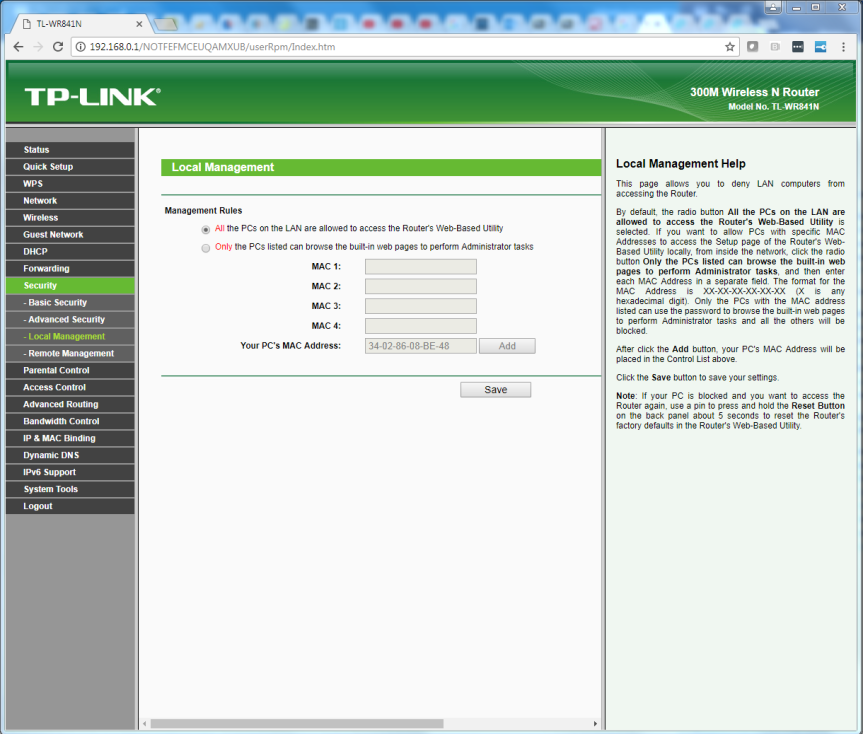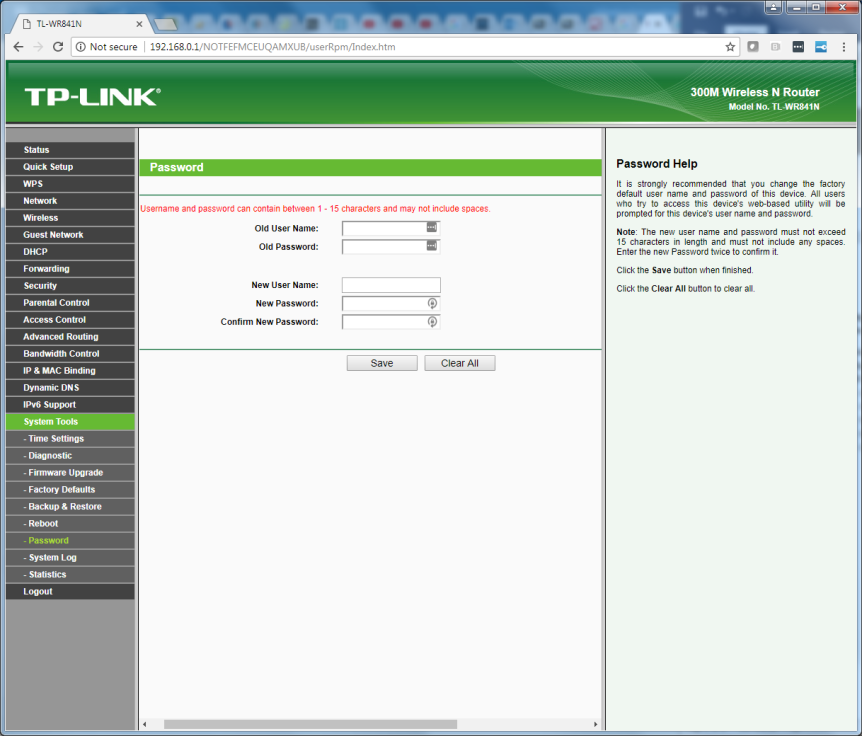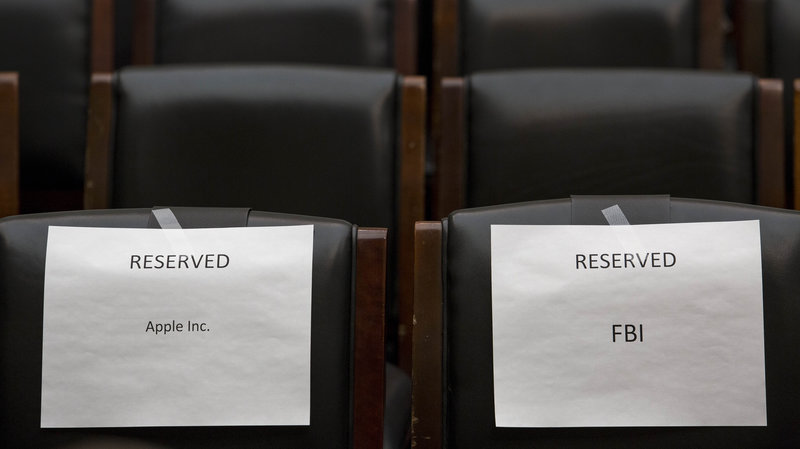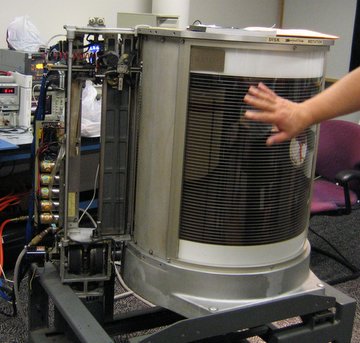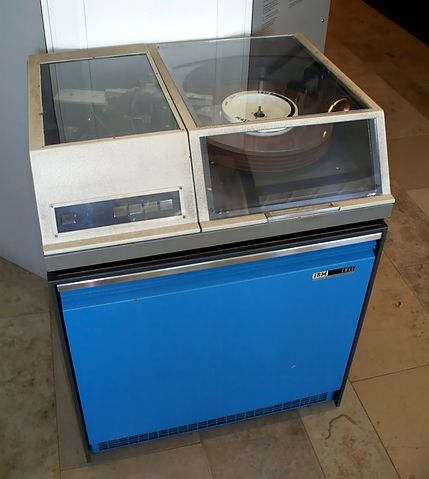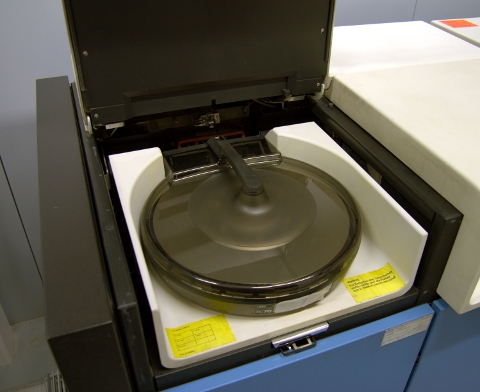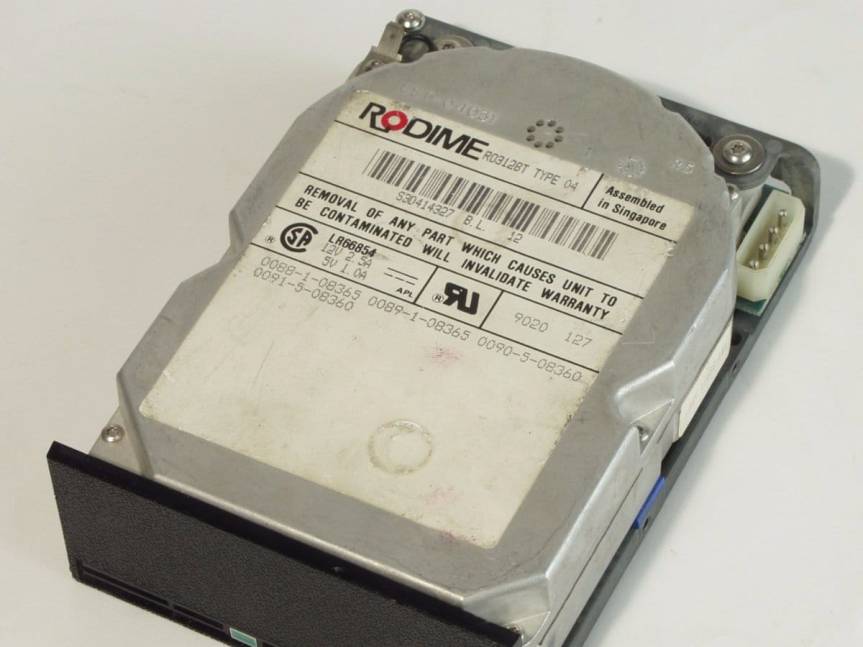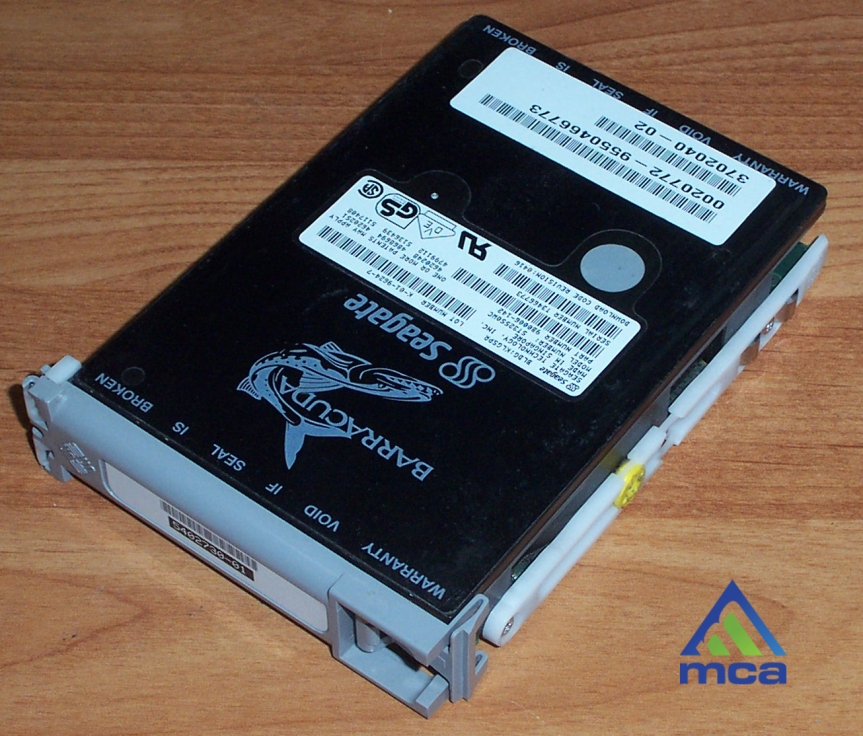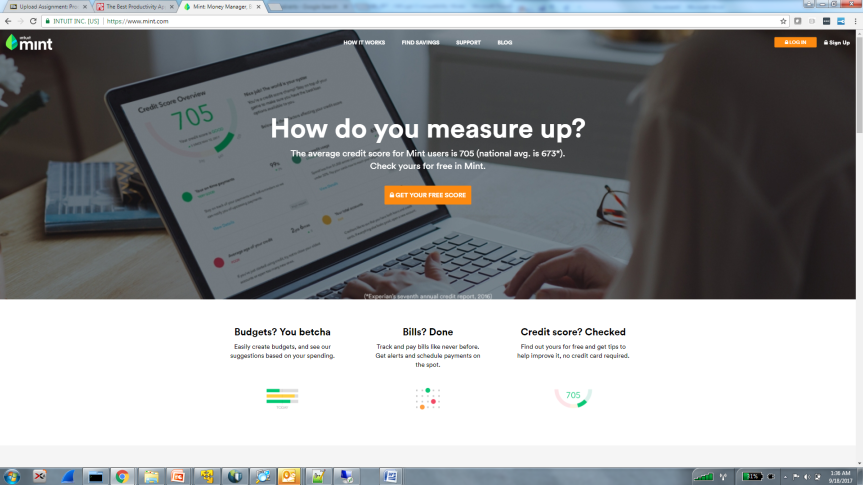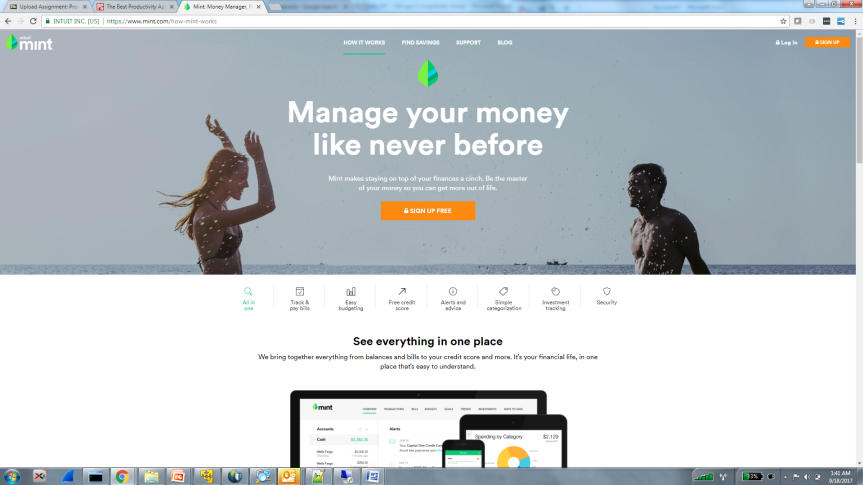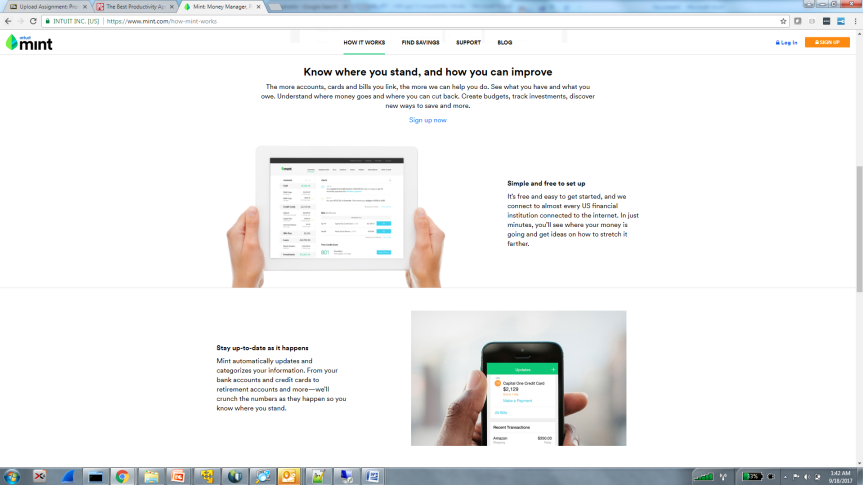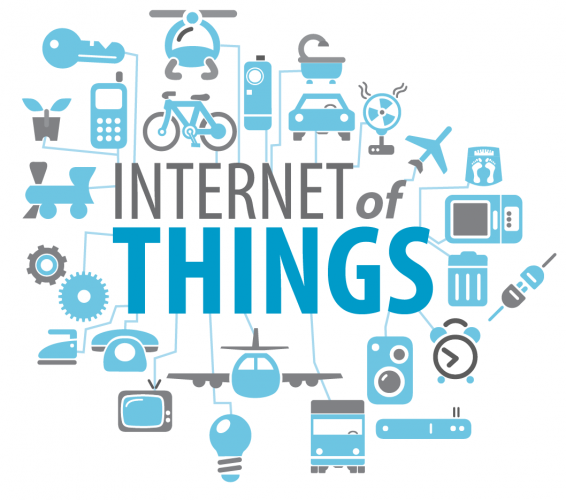
The IoT may be off to a slower than expected start in terms of the adoption rate, but it is predicted to have enormous growth in the years ahead. According to estimates, the IoTs economic impact could range anywhere from 3.9 to 11.1 trillion dollars in 2025. Other estimates predict that the IoT will add up to 14.2 trillion dollars to the global economy by 2030.
In the IoT, things create the data. These things may include your smart phone, the Amazon Echo, the Fitbit, and your coffee pot amongst many others. These “things” record, use, and share information via databases, and can connect to the Internet, all without human interaction. This sharing of information can be very useful in tracking usage and can help reduce waste, loss and cost. A car with a faulty part can report the issue, a thermostat can be remotely operated to adjust the temperature, a security camera can be viewed and operated over the IoT. It is predicted that by 2020, about 50,000 devices with be connected to the IoT.
Whereas the IoT has brought us to the age of smart home technology and wearable technology, the security implications that go along with it are enormous. Recently, hackers compromised a fish tank that was connected to the IoT in order to monitor its temperature and cleanliness. Having gained access to the fish tank’s sensors, they then took control of the computer that controlled them. From there, they were able to infiltrate the casinos’ network and steal 10 gigabytes of data.
Another area of concern is the fact that some devices are programmed by the manufacturer to collect private data which is then shared with advertisers over back-channels which the consumer may not be aware of. A good example of this would be the Roomba, which in an attempt to more efficiently navigate while cleaning, creates a map of its users’ home. This map may then be shared with commercial partners by the manufacturer, thereby disclosing private information to a third party.
Finally, the question of ownership needs to be addressed. Who owns the information that is collected by these devices? More importantly, who own the software that is installed in these devices? Do the manufacturers have the right to control the software that in installed on a device that you “own”? Case and point: John Deere told farmers that they do not own their tractors, but just license the software. The implication here is that the farmers cannot fix their own equipment or through a third party, and would have to engage John Deere for any type of service or repair to their tractors.
Having stated the above, I have to acknowledge that the IoT is here to stay and will only grow bigger. The consumer needs to get informed on how the IoT is collecting and sharing private data in order to make an educated decision as to how much of our private space to share.
References:
- https://www.forbes.com/sites/bernardmarr/2017/04/10/what-is-the-internet-of-things-a-complete-beginners-guide-in-2017/#7d51f0065982
- https://www.pcmag.com/news/355164/roomba-is-mapping-your-house-to-make-iot-gadgets-smarter
- https://www.nytimes.com/2017/07/25/technology/roomba-irobot-data-privacy.html
- https://investorplace.com/2017/09/internet-of-things-sending-us-back-middle-ages-ggsyn/#.Wfz0zltSyUk
 –
–

